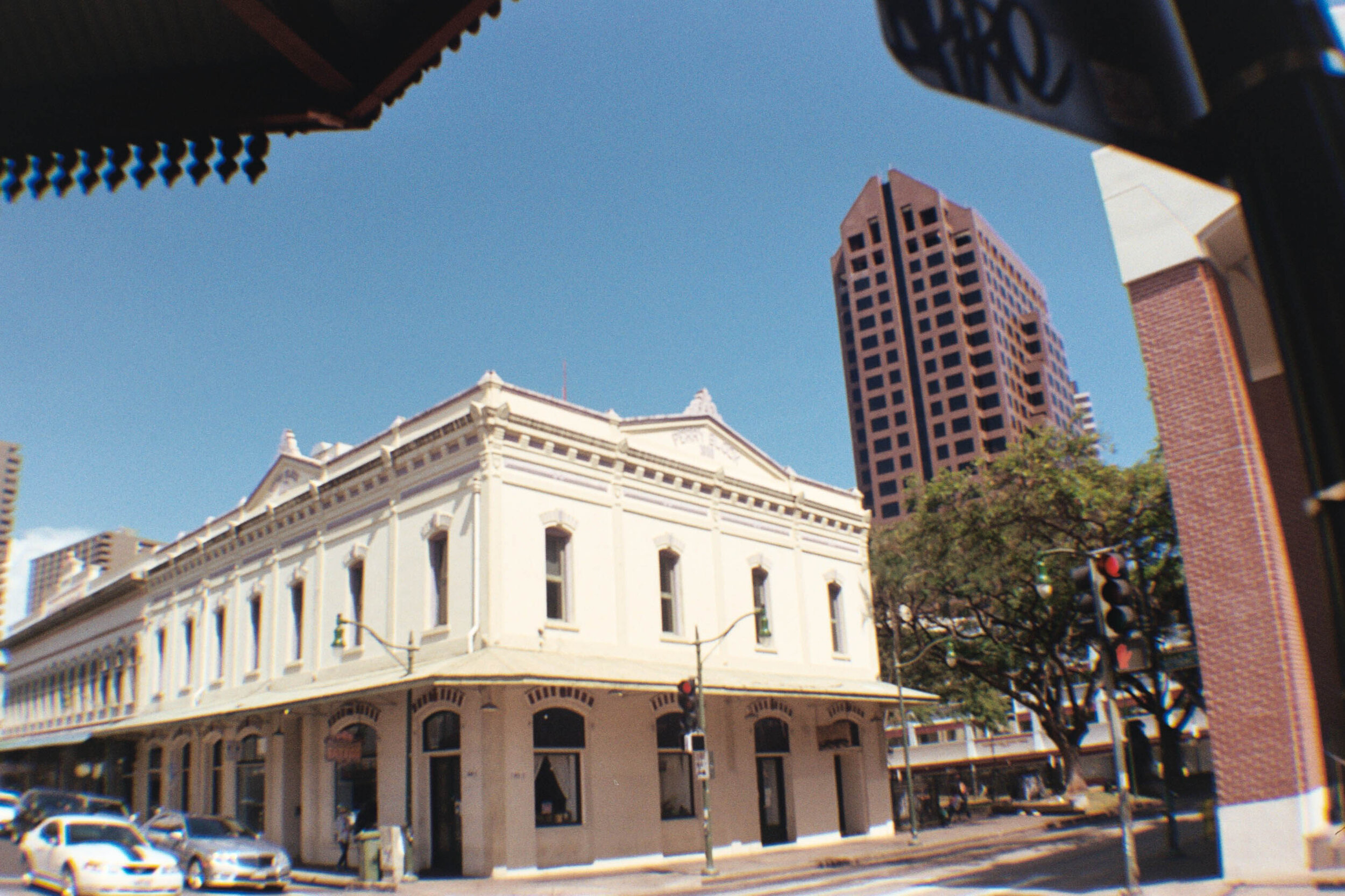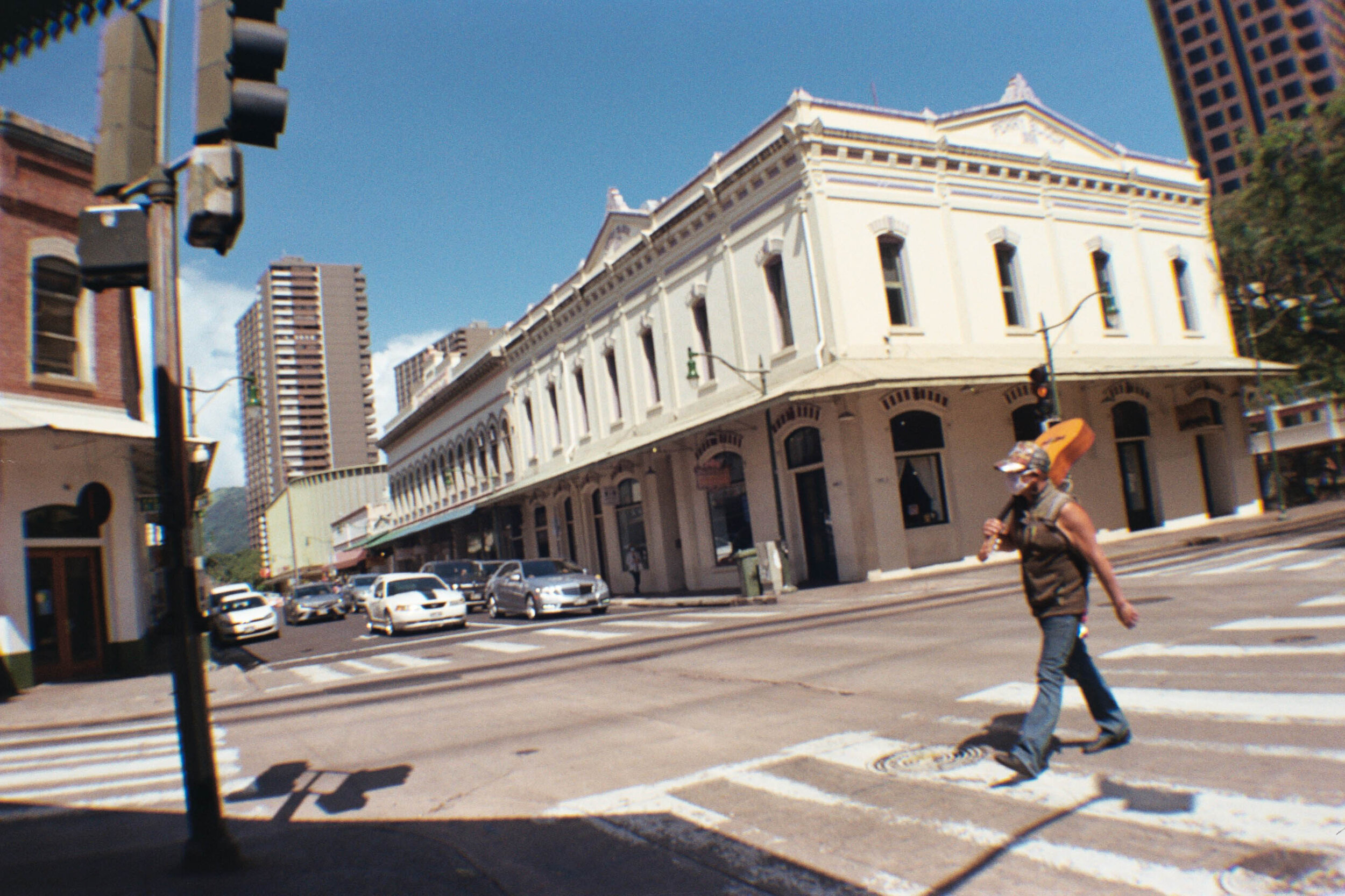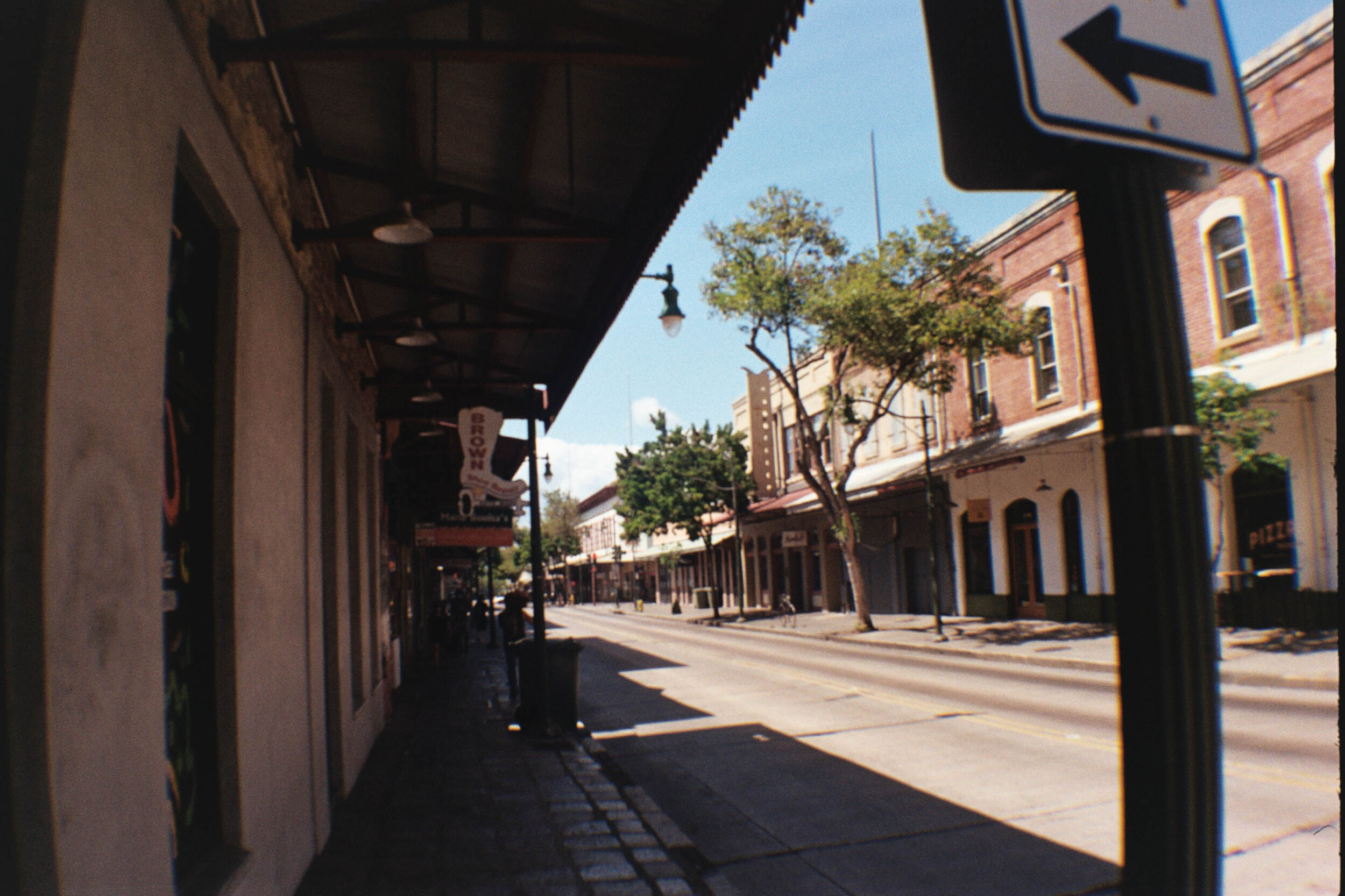Nikon Nikonos
In 1963, Nikon introduced the Nikonos as a 35mm underwater/all-weather camera. It was not a Nikon original design, but a slight variation on the Calypso camera designed by French diver Jaques-Yves Cousteau and Belgian engineer Jean de Wouters.
The Calypso was produced in France starting in 1961. Nikon had made an entry into the underwater market in 1956 with a housing designed for the Nikon S family of range finders. It was marketed as Nikon Marine but was heavy and expensive. Nikon then procured the rights to the Calypso and developed the Nikonos.
The Nikonos was sold as more than a dive camera, it was pushed as a camera for any harsh environment. The manual depicts use in sailing, skiing, scuba, swimming, hunting, rain, and even in an operating room. Anyplace your camera may be exposed to fluids (including bodily fluids, I guess) or rough use, the Nikonos is your camera.
The Nikonos was on my desk when a dinner guest (who is a professional surf and underwater photographer/videographer) walked past and commented. He said he had used several of the Nikonos variations back in the film day. I handed it to him, told him there was no film in it, and he instinctively popped the lens off, separated the outer body from the inner, inspected the O-rings, reassembled it, and handed it back, all with the precision of a well-trained soldier field striping a rifle. I commented on the speed. To which he said, “It’s harder when treading water and dodging surfers”. I was too embarrassed to tell him, it was on my desk because I had been trying to figure out how to load the film.
In operation, this is a zone focus camera. The top speed is 500 controlled on the top plate. One knob on the lens is the aperture setting from f3.5 to f22. The other knob is the distance from 2 feet to infinity. There is also an indicator for depth of field. Film advance and shutter release are the same lever that sets under the film speed. A lever can be used to stop unintended, shutter release. No meter and no frame lines make this an exercise in approximation.
My Take:
What a charming pain in the butt. I did not trust the O-rings in mine so I did not push it with water use. When I went out to shoot it looked like rain but then cleared up so I shot it on a sunny day. The zone focus is not intuitive, because you have to be looking at the front of the lens to make any adjustments. But the operation of all the knobs and levers is very easy and clearly designed to be done underwater or with gloves. The lens feels a bit soft focus on the edges but the images are nice.
If you are looking for old-school scuba or all-weather use, the Nikonos is a charming option. Not modern but usable. It looks cool on my shelf but will not be a camera I pull out very often. I have better water and hazardous use options, just none that look this cool.
Lens: U.W-Nikkor 28mm f3.5
Film: Kodak Pro 100
Links:
https://imaging.nikon.com/history/chronicle/history-nikonos/
https://www.mir.com.my/rb/photography/companies/nikon/htmls/models/htmls/nikonos13.htm
http://www.nikonosproject.com/how-do-i-use-this-camera/2014/9/2/the-nikonos-buyers-guide
https://www.calypsonikonos.com/The_Calypso_%26_Nikonos_Collection/Home.html




